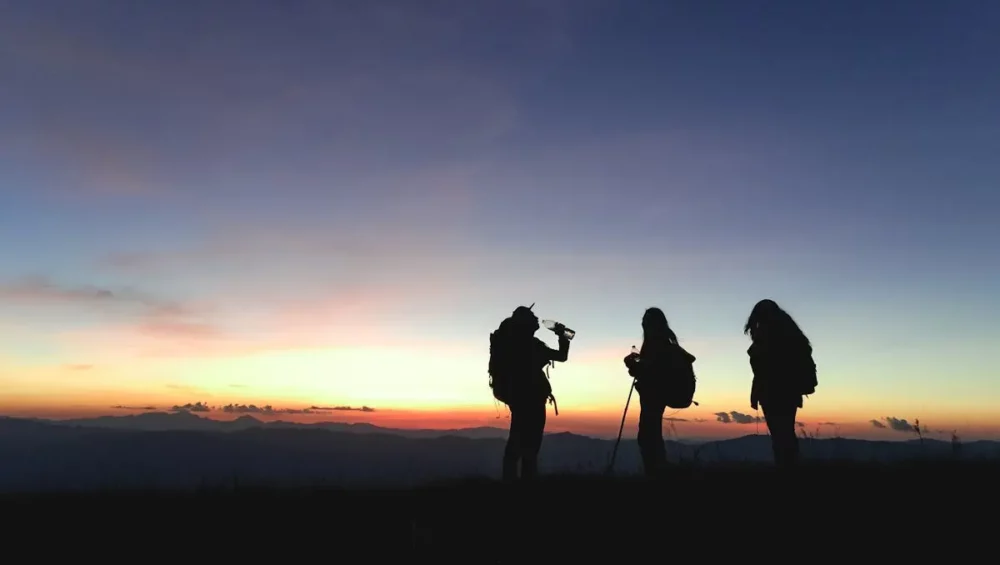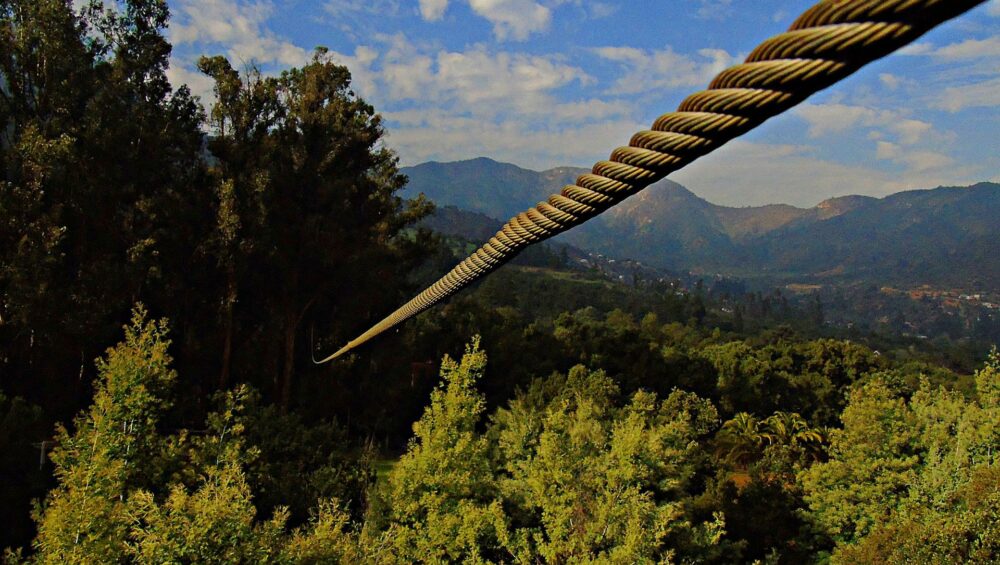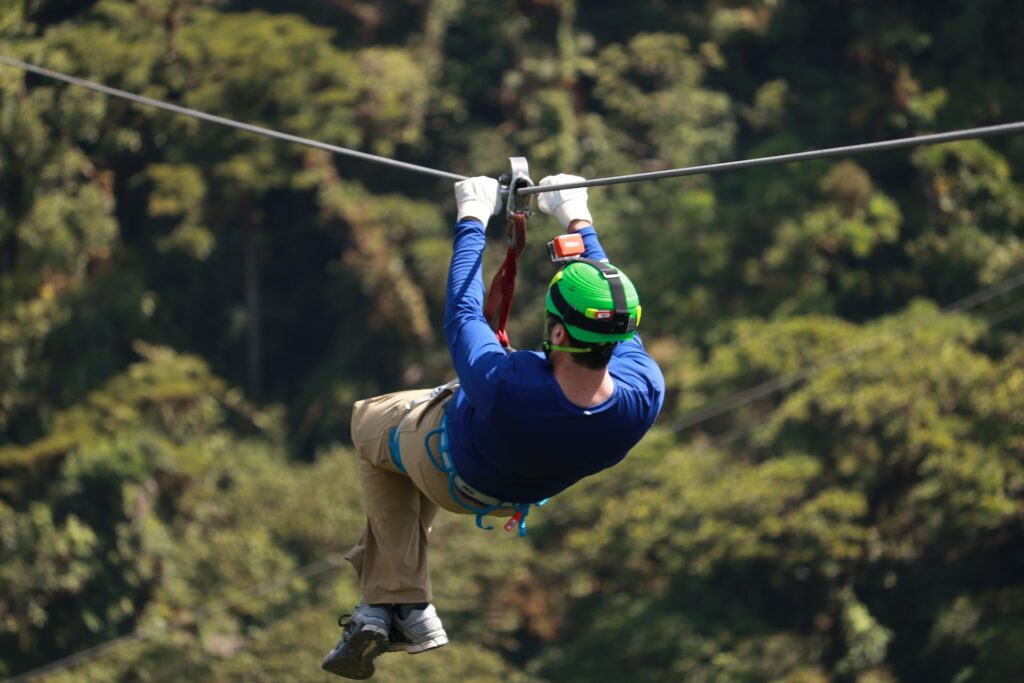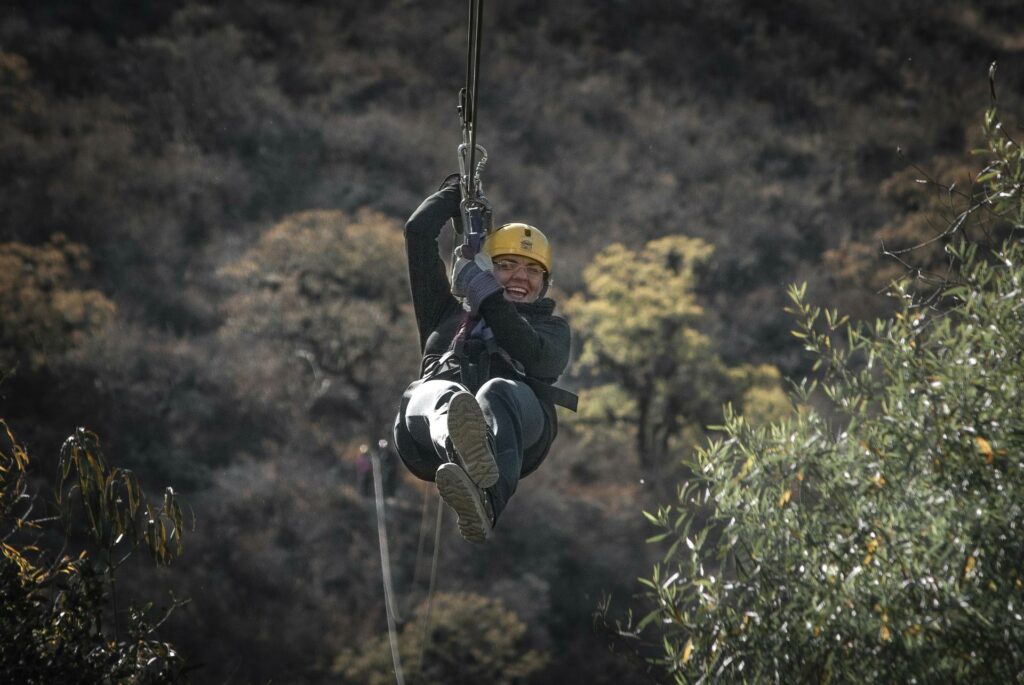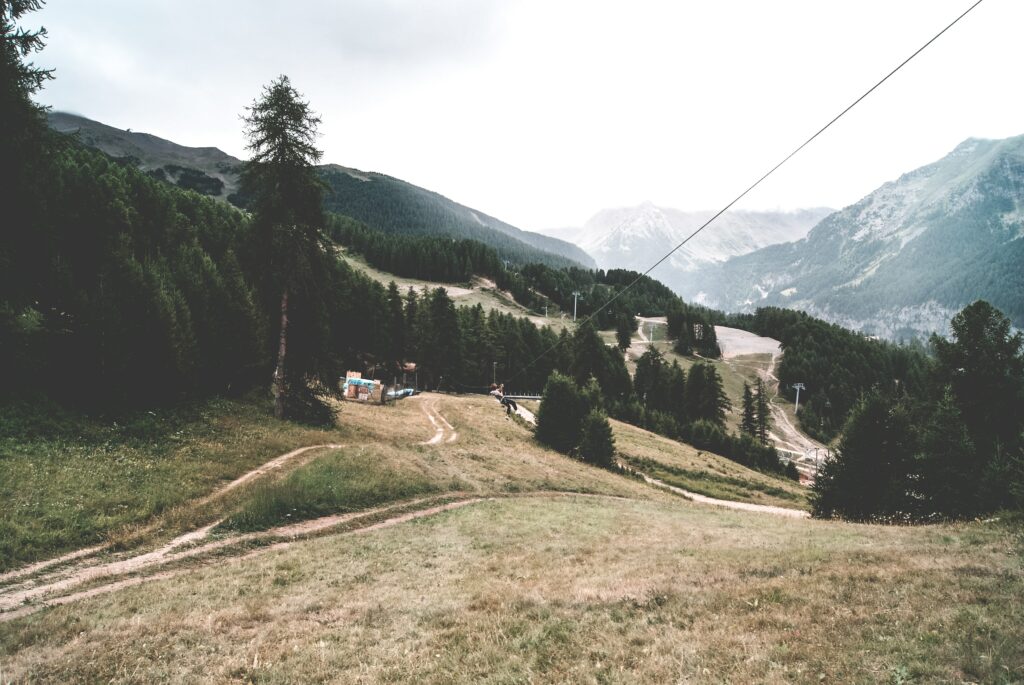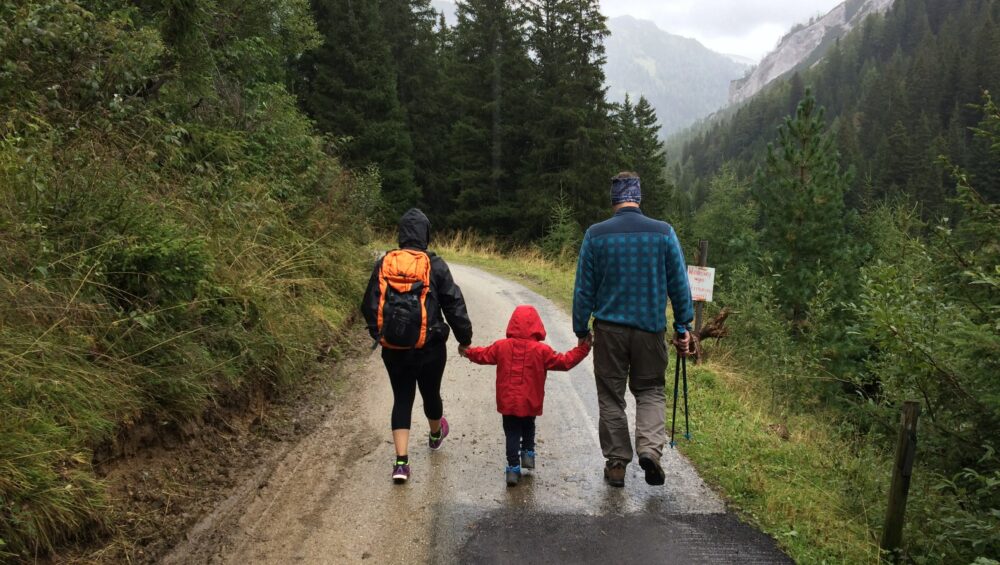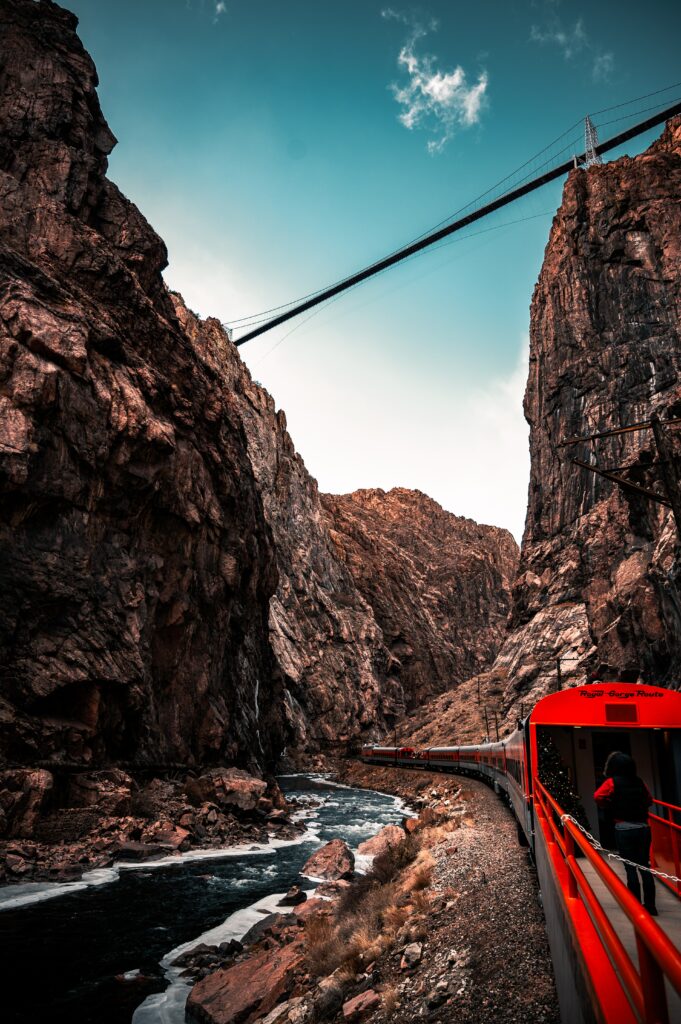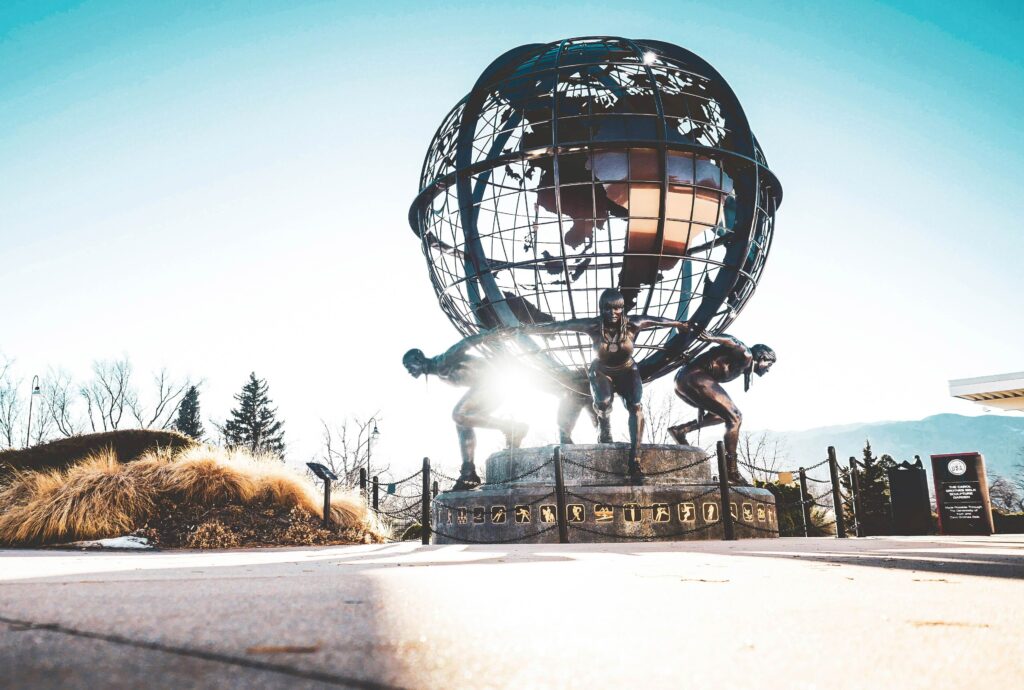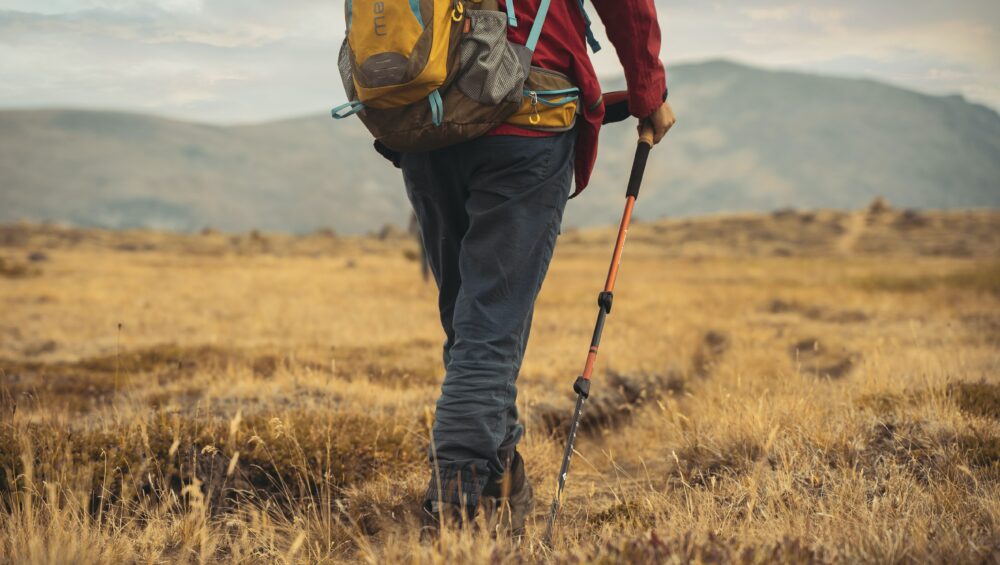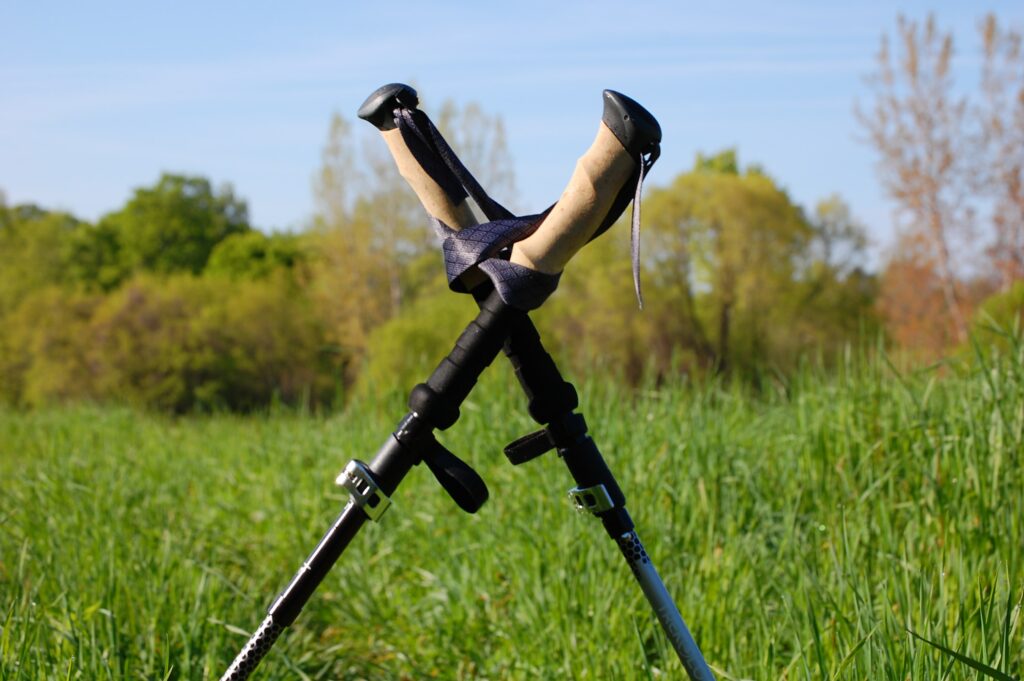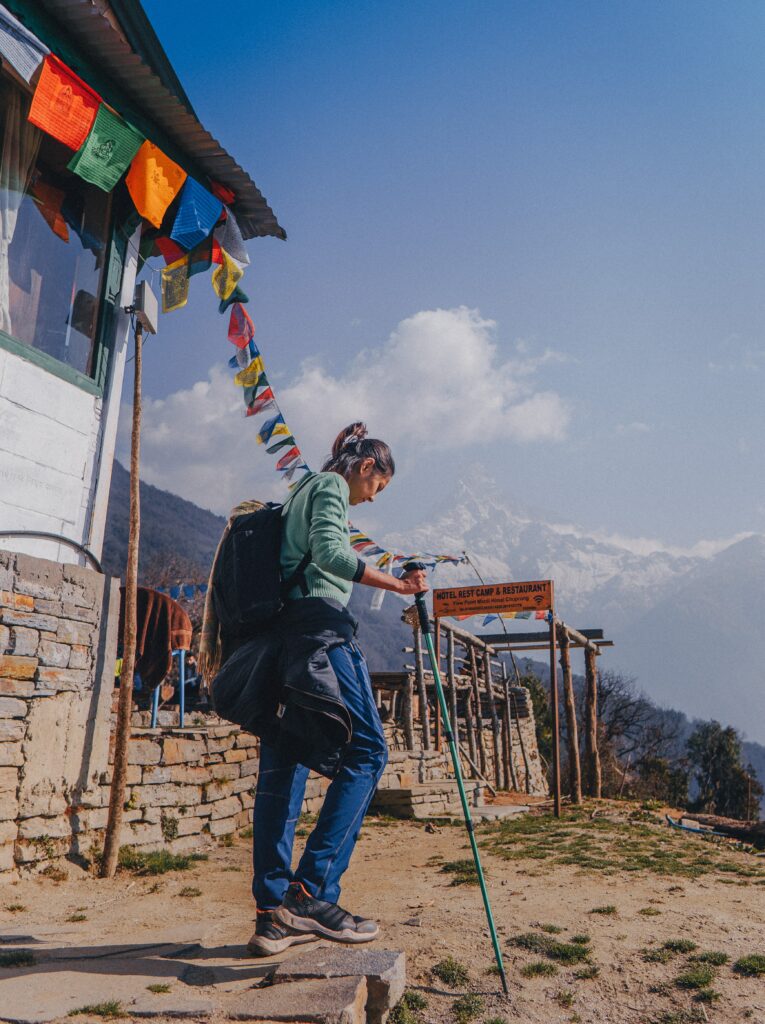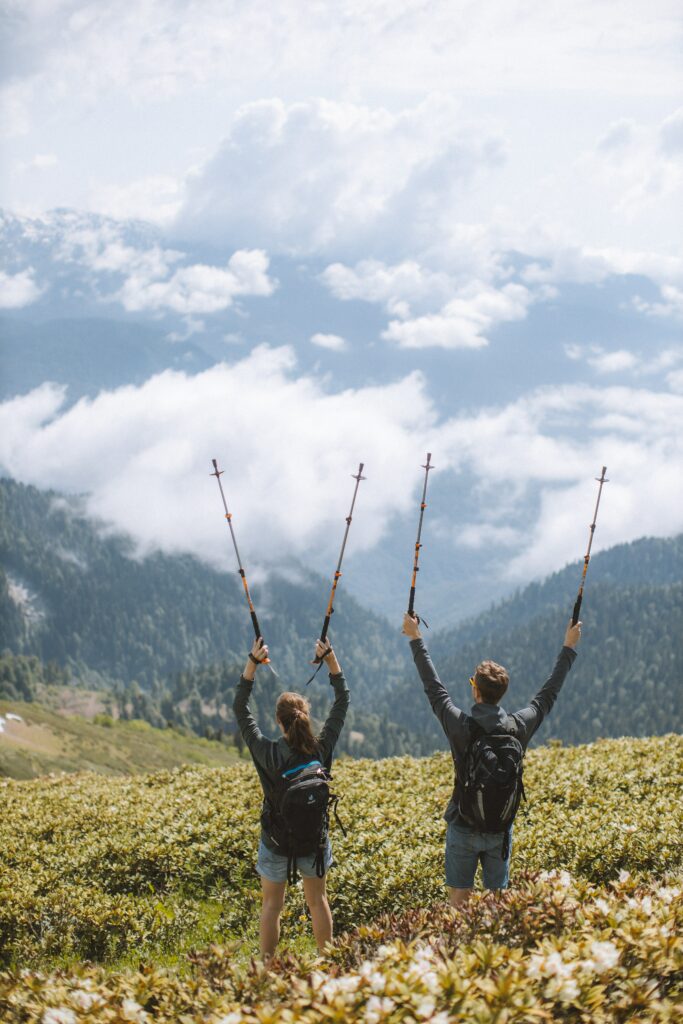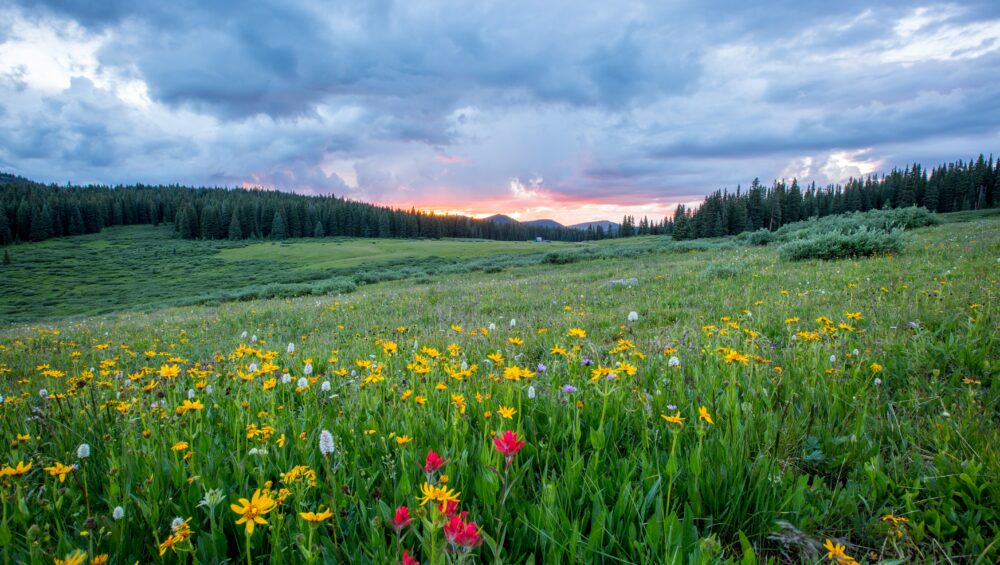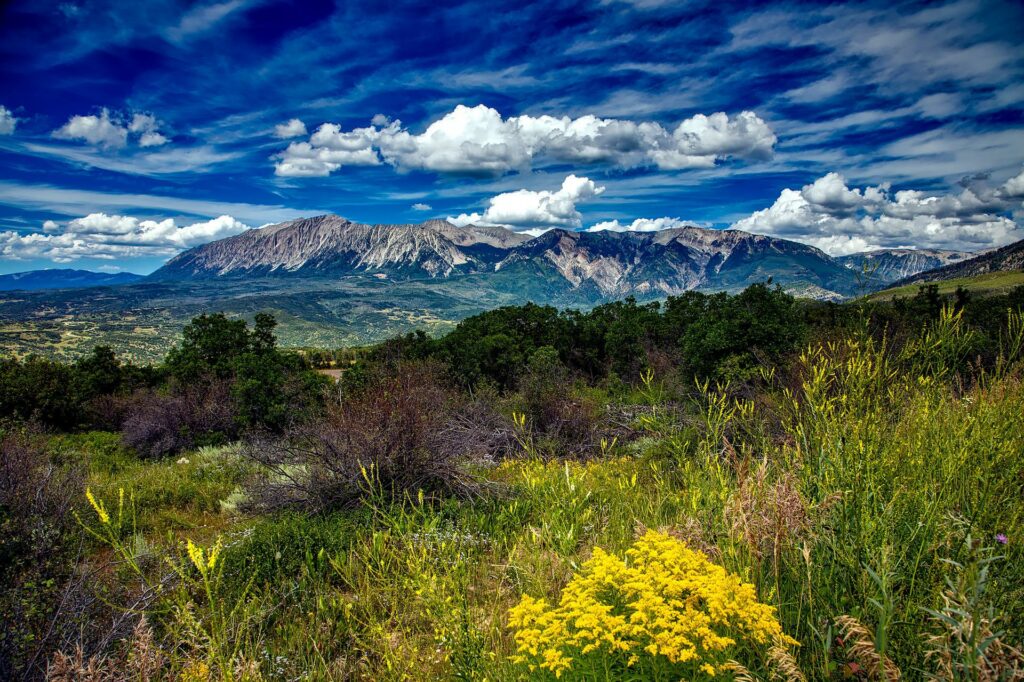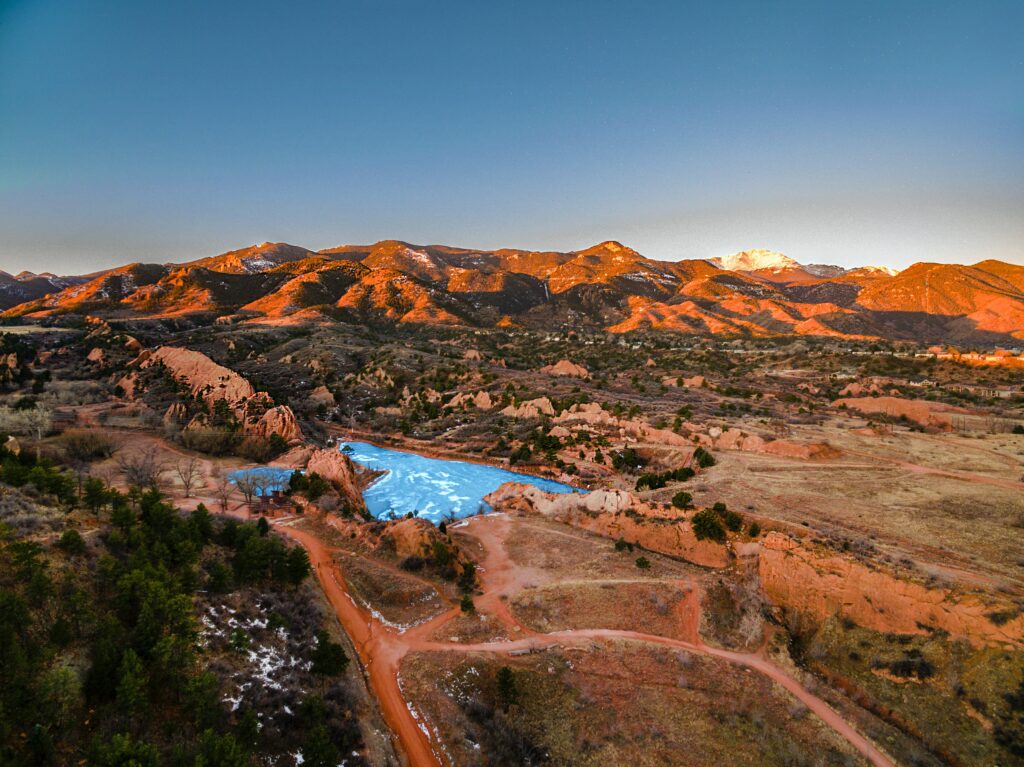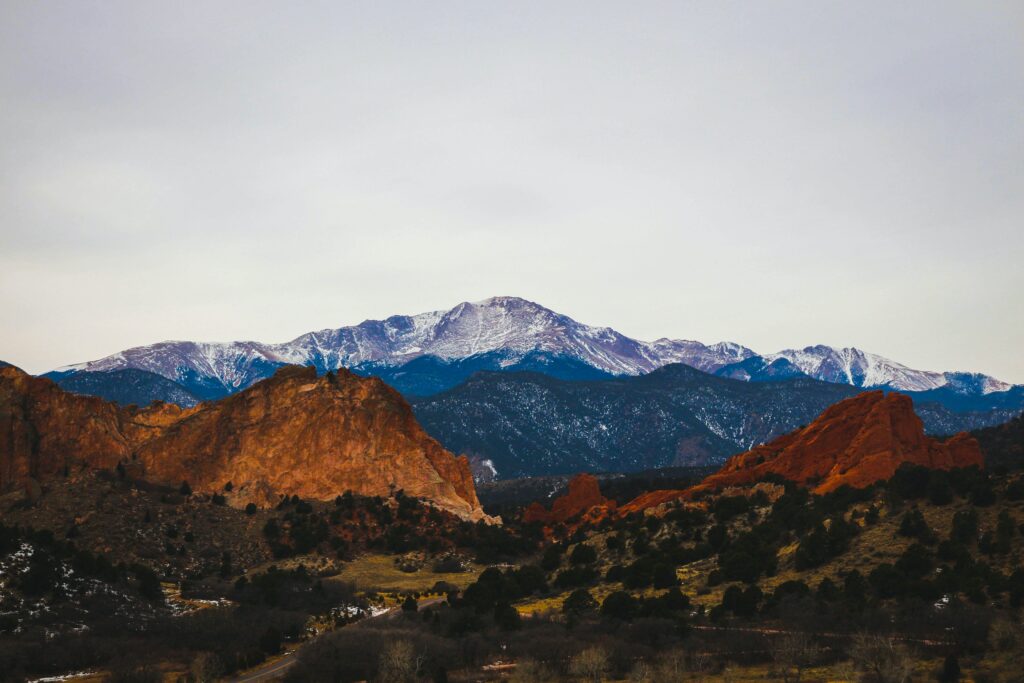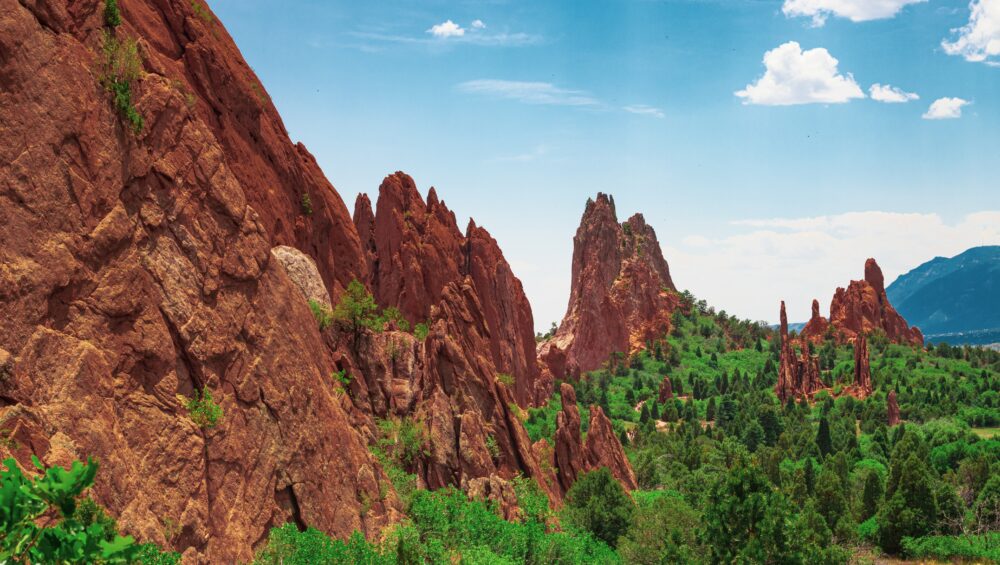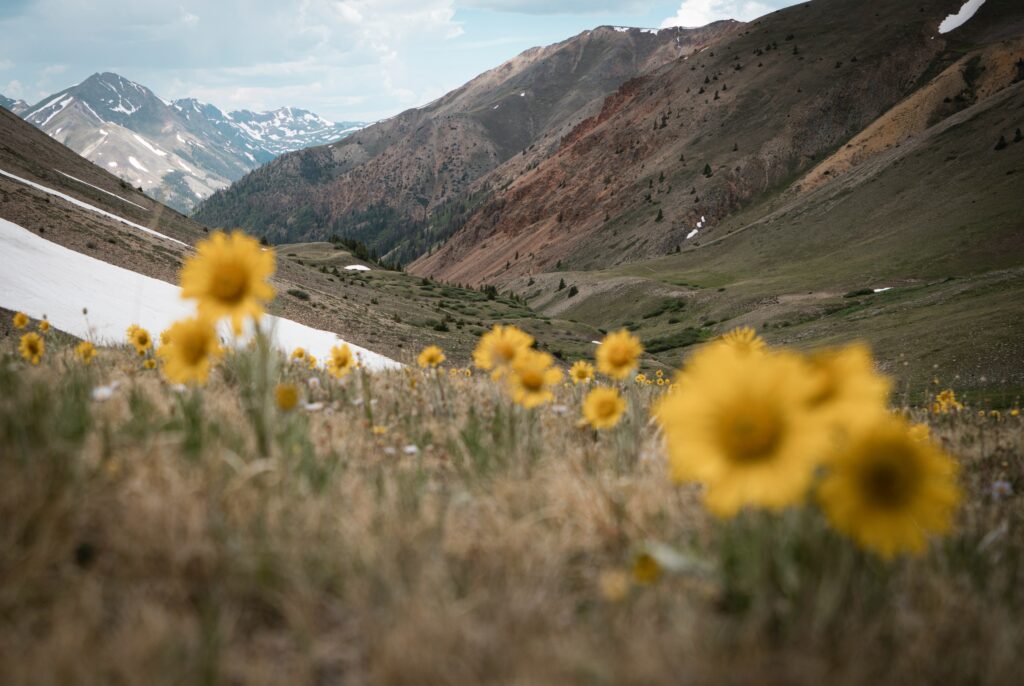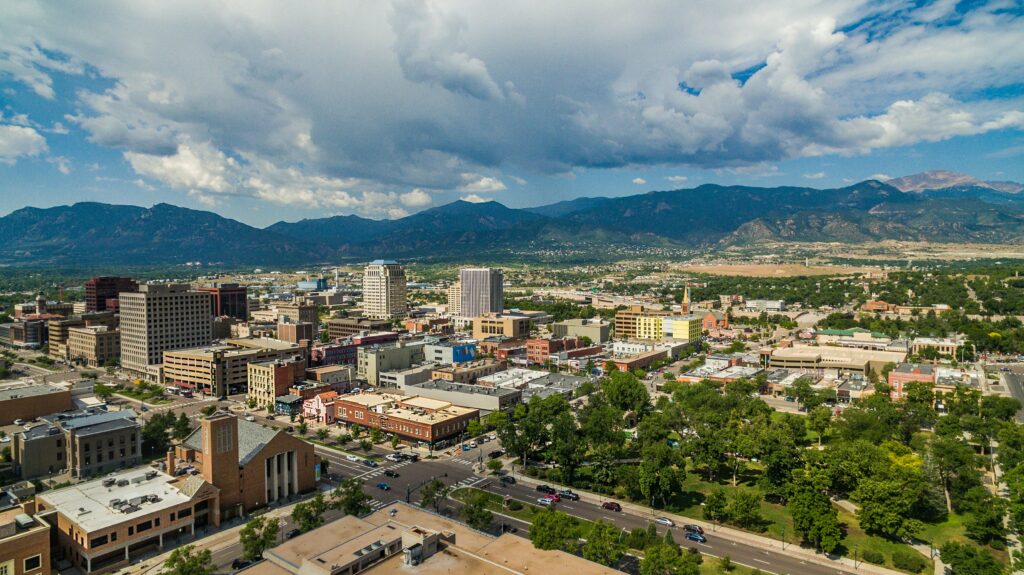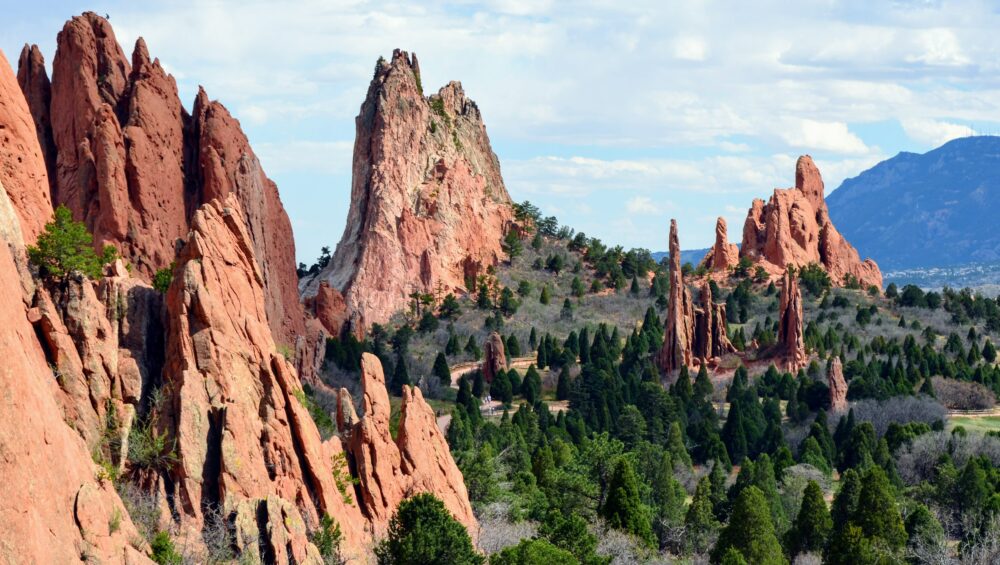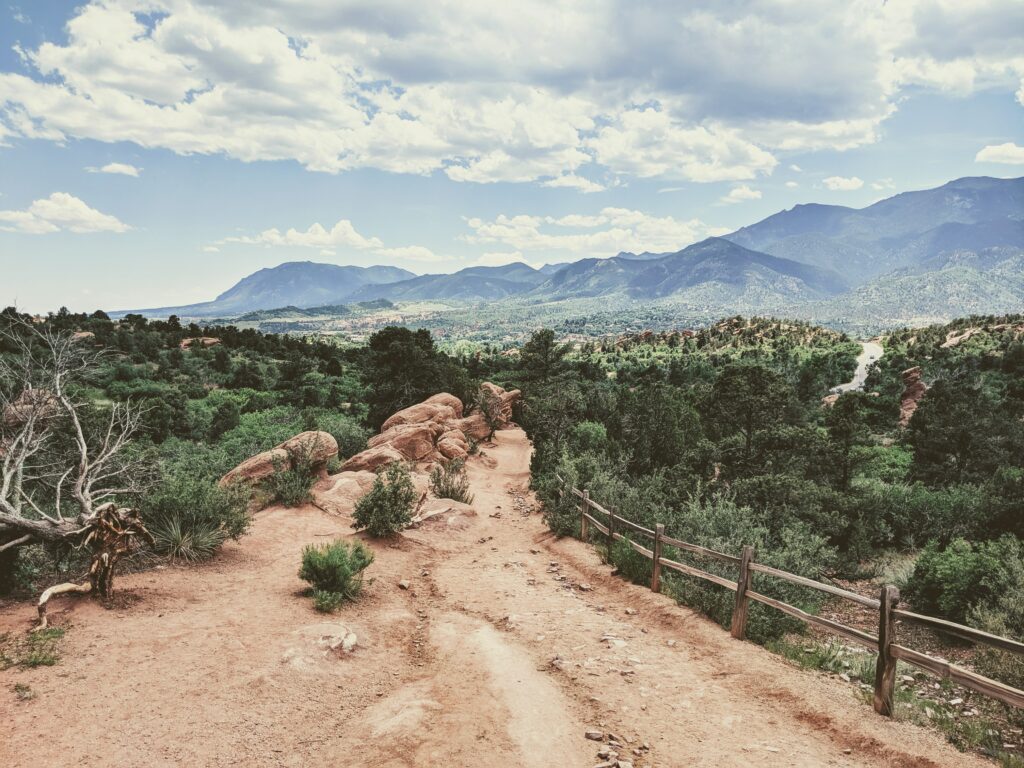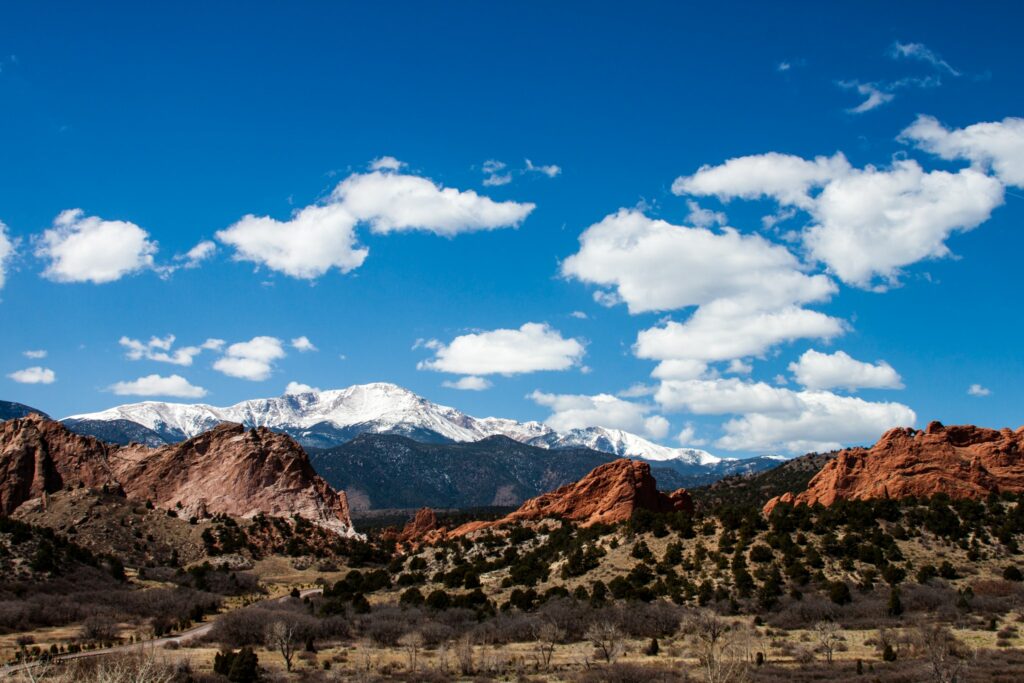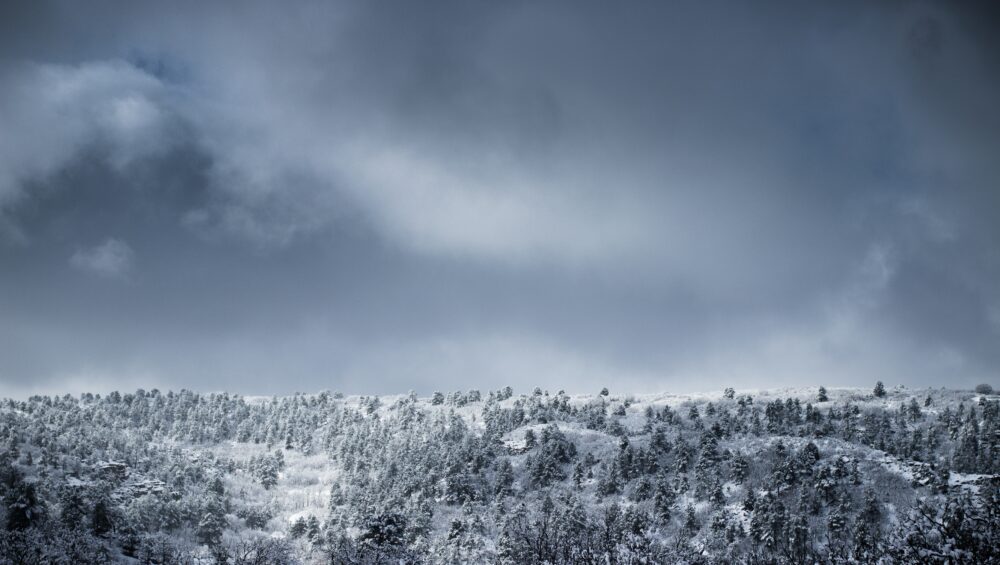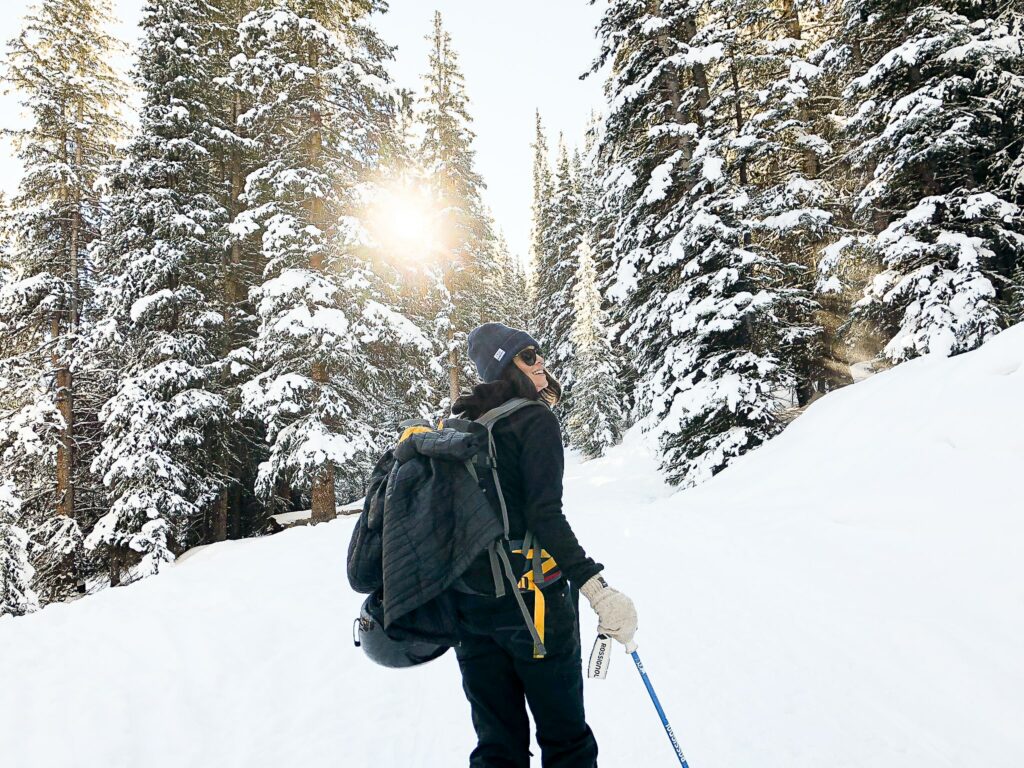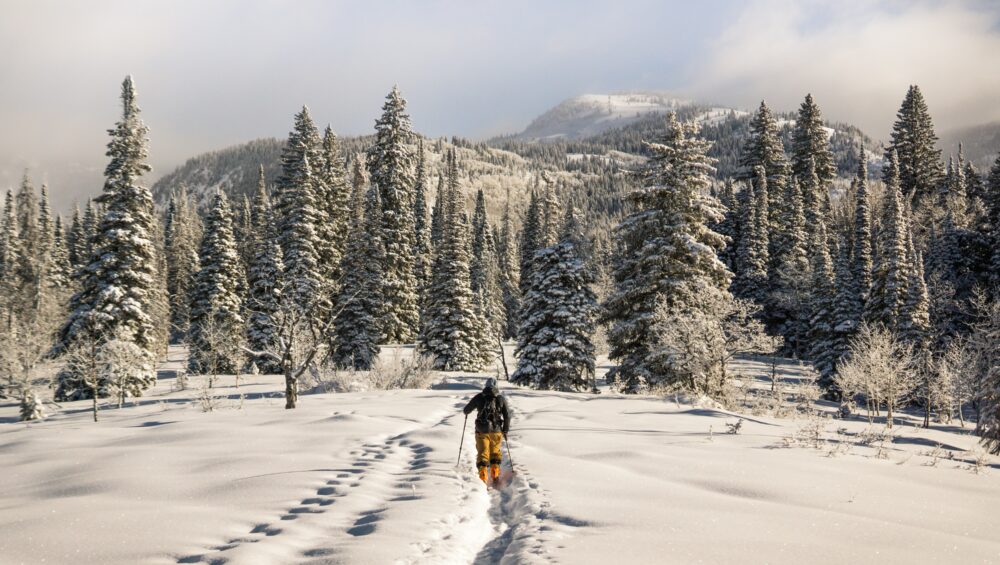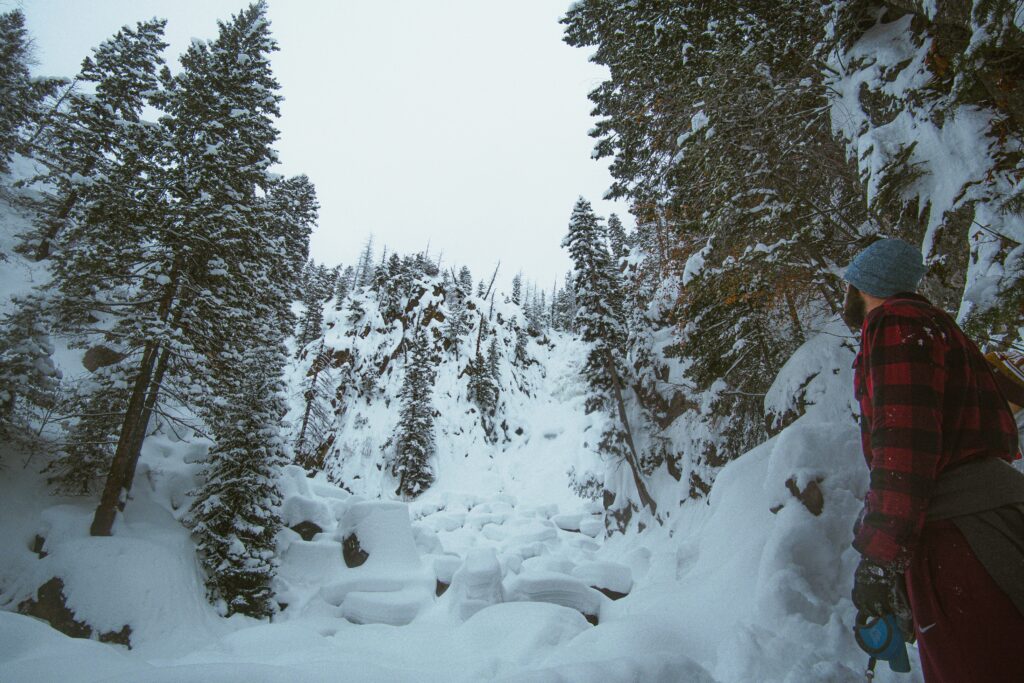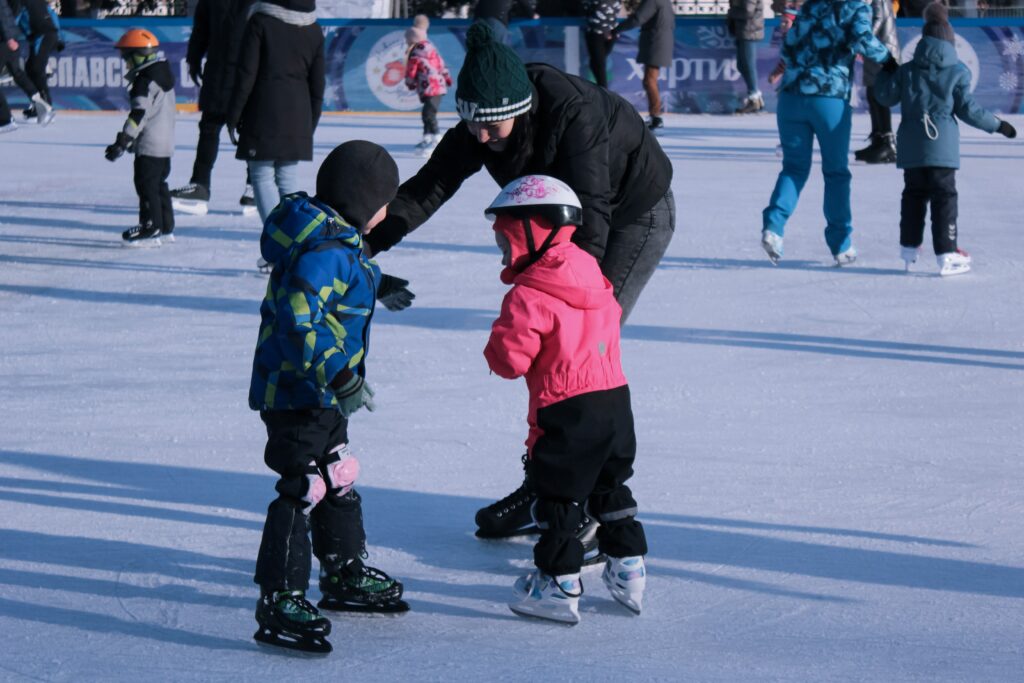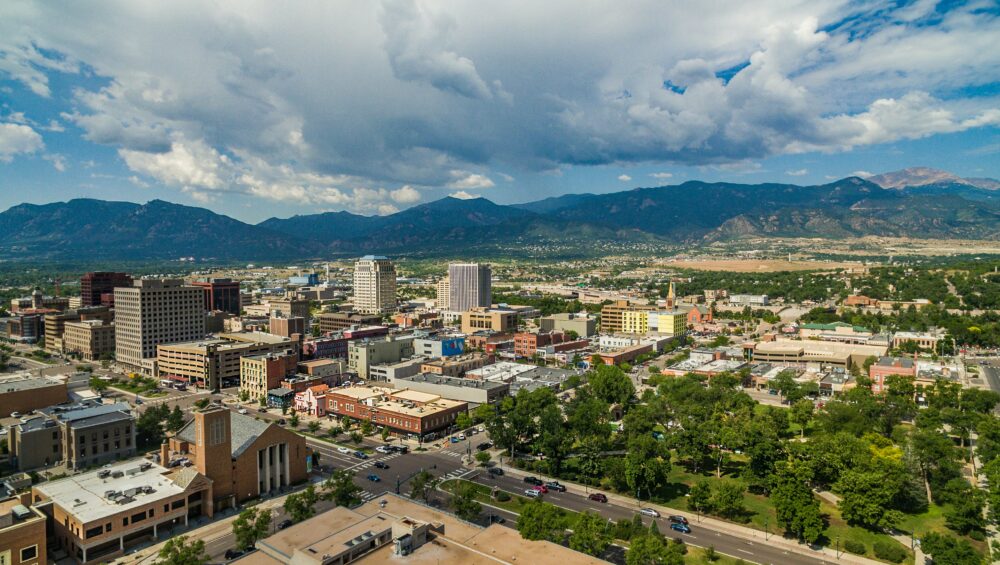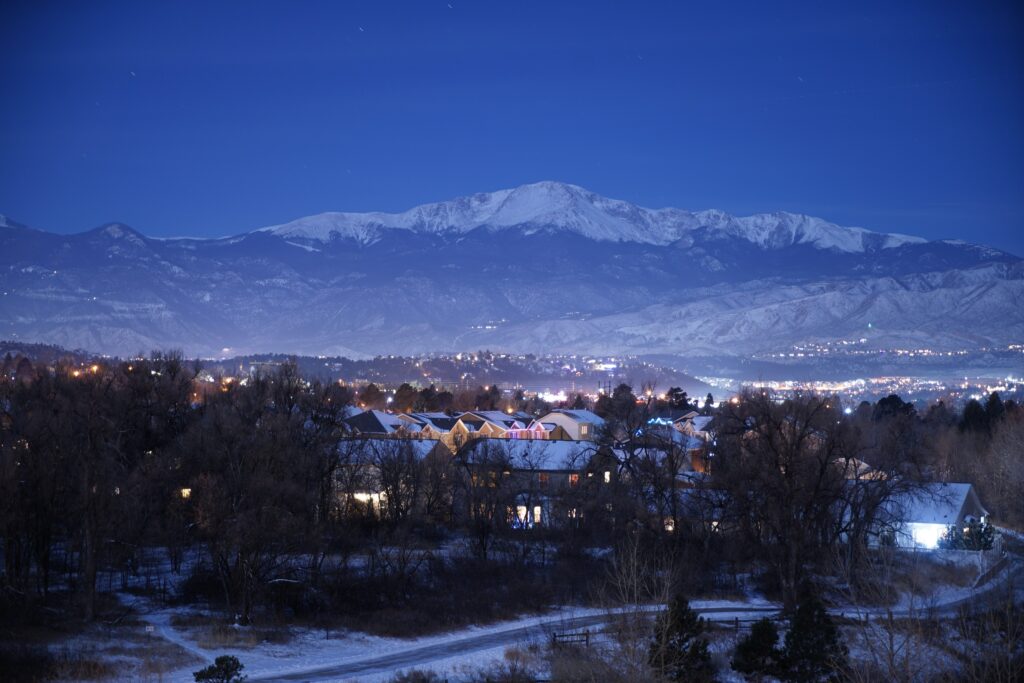Introduction to family adventures
Family adventures outdoors are about more than just escaping the daily hustle. They’re your ticket to creating unforgettable moments with your loved ones. Think about it: when you’re exploring a new trail, camping under the stars, or simply picnicking in your local park, you’re doing something incredible. You’re building memories. These moments spent together in the great outdoors can strengthen bonds in ways that sitting in front of the TV just can’t match. Whether it’s spotting a deer in the wild, learning to fish, or conquering a hiking trail together, these experiences can teach resilience, teamwork, and the value of nature. So, why opt for outdoor adventures? Because they’re the glue that can bring families closer, fostering a sense of adventure and appreciation for the beauty around us. It’s not just about the activities you choose; it’s about the shared laughter, the challenges overcome, and the stories you’ll have to tell. That’s the true beauty of embarking on outdoor adventures as a family.
The importance of quality family time outdoors
Getting the family outside matters a lot. It’s not just about breathing in fresh air or seeing new places. It’s about building bonds that last. Nature’s beauty does something magical—it pulls people together. Families who spend time in the great outdoors tend to understand each other better. They communicate more, share adventures, and support one another through challenges. Think about it. When you’re out there, away from daily distractions, you really focus on each other. You talk, laugh, and maybe even tackle a difficult hiking trail together. These experiences can make your family unit stronger. Plus, being in nature is good for your health. It reduces stress, improves sleep, and boosts your mood. Now, mix all these health benefits with quality family interactions, and you’ve got a winning combo. So, grabbing your loved ones and heading outside isn’t just fun; it’s a smart move for building lasting relationships and creating memories that you’ll all cherish forever.
Top benefits of embarking on outdoor family adventures
Outdoor family adventures aren’t just fun; they’re packed with benefits that stick for a lifetime. First off, getting outside boosts everyone’s mood. Sunshine and fresh air work wonders, making everyone feel happier and calmer. Plus, when the whole family’s involved, these trips strengthen bonds. You’re not just sharing a hike; you’re creating shared stories. These moments become the building blocks of a strong family foundation. Adventure also means learning—learning about nature, yes, but also about each other. It’s about discovering new strengths and facing fears together. Then there’s health. Active days spent outdoors are great for the body. Walking, climbing, or even chasing each other around is exercise in disguise. It keeps hearts healthy and bodies fit without stepping foot in a gym. Lastly, these adventures teach resilience. Not every trip goes as planned. Dealing with a little rain or a missed turn shows kids (and reminds adults) that it’s possible to adapt and overcome. In short, outdoor family adventures are more than just fun. They’re an investment in happiness, health, learning, and resilience.
Ideas for memorable outdoor family activities
Outdoor family adventures are about making memories and bonding. Here are some ideas to get you started. First, consider camping. It’s not just sleeping in tents; it’s an experience. You’ll learn to set up camp, cook over a fire, and explore nature. Hiking is another great option. Pick a trail that matches your family’s fitness level and discover the beauty of the outdoors together. Don’t forget about biking. Whether it’s a calm ride in the park or a more adventurous trail, biking gets everyone moving. For those near water, kayaking or canoeing can offer a unique perspective of nature. And lastly, a simple picnic in a scenic spot can be just as memorable. Choose activities that fit your family’s interests and abilities, and you’re sure to create lasting memories.
Planning and preparing for your outdoor adventure
Getting ready for an outdoor family adventure doesn’t have to be a headache. Start by picking a date that works for everyone. It’s tricky, we get it, but locking this down early makes everything else easier. Next, choose your activity. Are you hiking, camping, or maybe kayaking? Your choice shapes what you’ll need to pack. Speaking of packing, keep it light but don’t forget essentials like water, snacks, first aid kit, and sunscreen. Oh, and make sure to check the weather forecast. Nothing spoils an adventure quite like a surprise rainstorm. Lastly, set some ground rules for safety and agree on a meeting point in case anyone gets separated. Remember, the goal here is fun and making those lasting memories. So, keep the vibe positive and be ready to adapt if things don’t go as planned. Adventure awaits!
Safety tips for outdoor family adventures
When heading out for a family adventure, keeping everyone safe is key. First things first, always let someone know your plans. It can be a friend, a relative, or a neighbor. Tell them where you’re going and when you expect to be back. Nature is unpredictable, and it’s good to have someone on the lookout. Next, pack smart. Bring along a first aid kit, plenty of water, snacks, and sunscreen. Injuries, dehydration, or sunburns can quickly turn a fun outing into a not-so-great experience. Don’t forget a map and compass or a GPS device. Even if you think you know the area, it’s easy to get lost, especially if you’re exploring new trails. Weather can change in the blink of an eye, so check the forecast before you go and dress in layers. This way, you can add or remove clothes as needed to stay comfy. Finally, if you’re going to a place with wildlife, learn about the animals you might encounter and know how to safely share space with them. Remember, it’s their home. Keeping these tips in mind will help ensure your outdoor adventures are not only fun but safe for the whole family.
Making learning fun: Educational aspects of outdoor adventures
When you step outside for an adventure with your family, you’re not just taking a break from the daily grind. You’re stepping into a world ripe with opportunities for learning. Nature turns into a classroom without walls where lessons seem less like chores and more like discoveries. For kids, spotting a deer in the woods becomes a lesson in biology. Setting up a tent is a crash course in physics and teamwork. Navigating with a map and compass teaches essential survival skills alongside a dose of geography. These real-world applications make learning stick. They show that education isn’t just about textbooks and tests—it’s about connecting with the world around us. Plus, sharing these moments of discovery strengthens family bonds.
How outdoor adventures strengthen family bonds
Heading into the great outdoors as a family can do more than just provide a fun day in the sun. Nature brings people together, encouraging teamwork, communication, and shared experiences that are hard to replicate in the hustle and bustle of daily life. Think about it—when you’re setting up a campsite, navigating a hiking trail, or figuring out how to catch dinner from a mountain stream, you’re working together, relying on each other. This builds trust and understanding in ways that sitting in front of the TV simply can’t. Plus, sharing moments of awe at a stunning sunset or around a campfire under a starlit sky creates deep, emotional connections. These experiences become shared treasures, stories that you’ll talk about for years. Outdoor adventures push everyone out of their comfort zones, teaching adaptability and patience. Through challenges, you learn more about each other’s strengths and weaknesses, fostering a deeper appreciation for your family members. This collective overcoming of obstacles not only brings immediate joy and satisfaction but strengthens the family bond, building a foundation of mutual respect and love that can weather any storm.
Capturing the moments: Tips for documenting your adventures
To make your family adventures unforgettable, capturing the moments is key. First thing, you don’t need a fancy camera; your smartphone will do just fine. It’s all about being in the moment and ready to snap that perfect picture. Always keep your camera or phone handy; you never know when an amazing photo opportunity will pop up. Documenting isn’t just about taking pictures, though. Consider keeping a travel journal. Write down the little things: a joke someone made, the taste of a new food, or how the forest smelt at dawn. These notes will bring your photos to life years down the line. Video clips can also add depth to your memories. Don’t worry about capturing the perfect shot; focus on the authentic moments, like your family setting up a tent or a spontaneous water fight. When it comes to sharing these memories, creating a digital album or a personalized photo book can be a treasure trove for your family. It’s about weaving those moments together to tell the story of your adventure. Remember, the goal is to enjoy the adventure while preserving the memories, not letting photography consume you. Keep it simple, stay present, and snap away when the moment feels right.
Conclusion: Encouraging families to embrace the great outdoors
Stepping outside into nature isn’t just a way to break free from the routine; it’s a vital piece of the puzzle in building stronger family bonds. By choosing to invest time in outdoor adventures, families open doors to countless benefits ranging from improved physical health to deeper emotional connections. It’s far more than just a day away from screens. It’s about creating memories that weave into the fabric of your family’s story, strengthening ties that last a lifetime. By prioritizing these experiences, you’re not only nurturing a love for nature but also instilling values of teamwork, resilience, and the beauty of the simple things in life. So, grab a map, lace up your boots, and step out the door. The great outdoors is waiting to play its part in your family’s journey.

